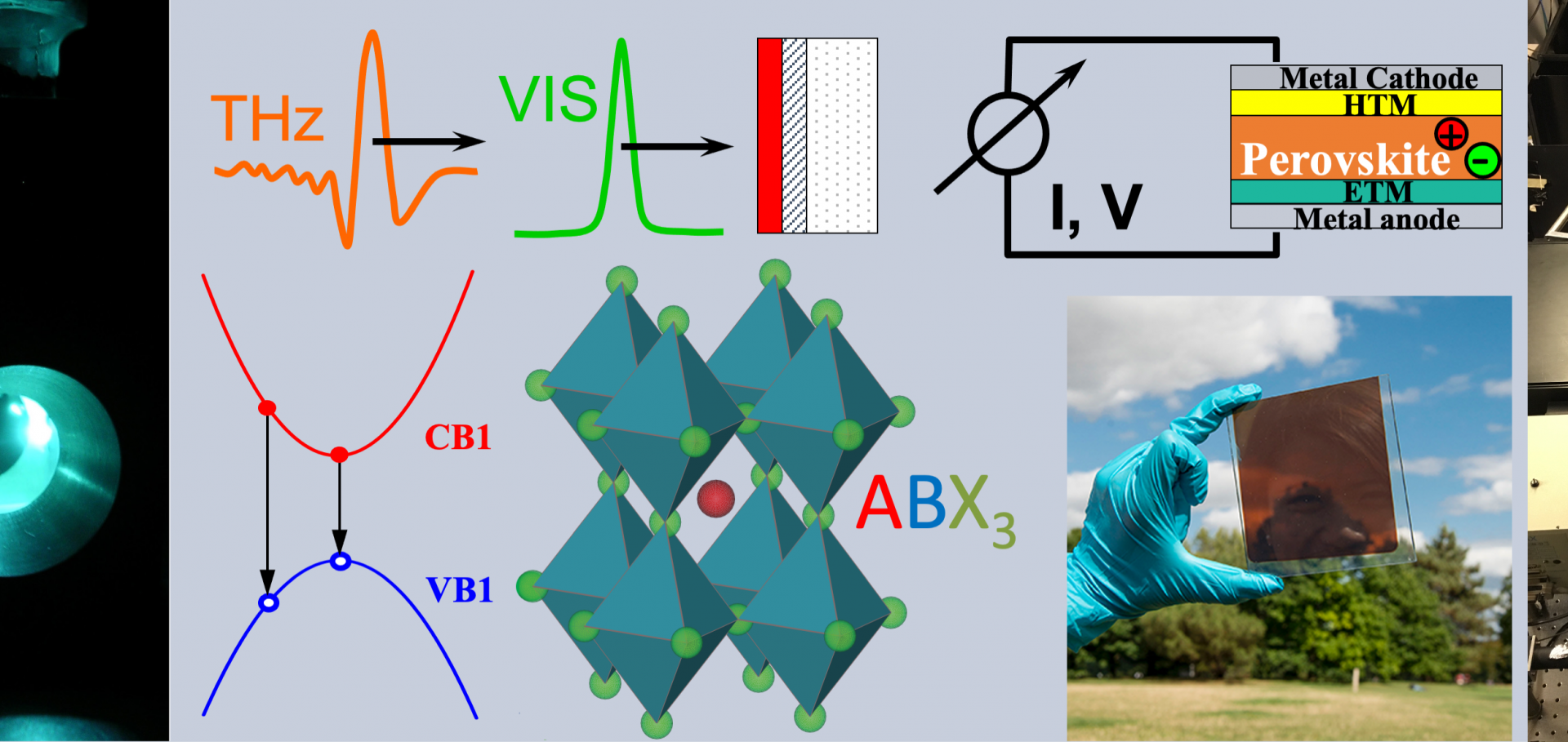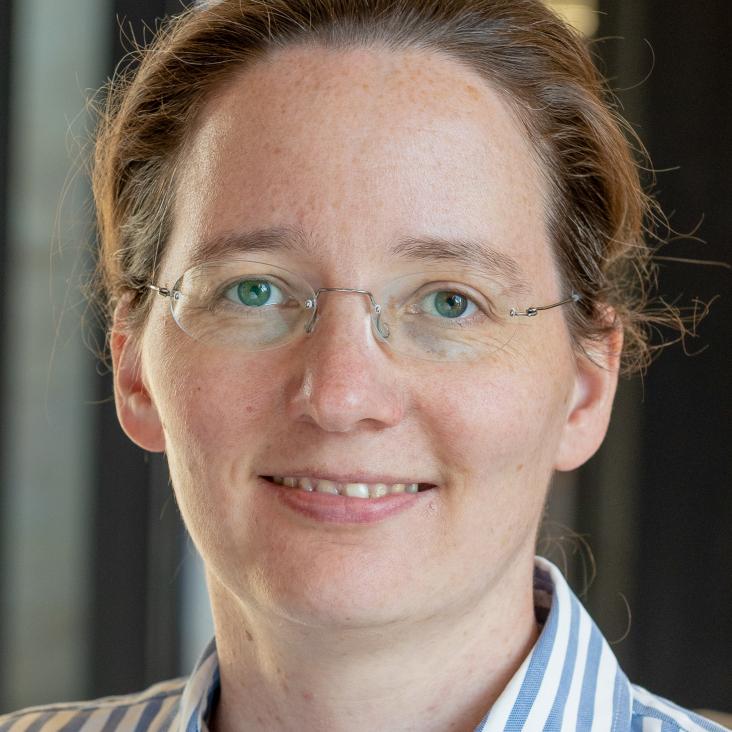Light induced recovery of polymer field effect transistors
(2006) 482-482
Abstract:
We have used differential terahertz spectroscopy to monitor performance degradation in state-of-the-art polymer field effect transistors (pFETs) based on poly[(9,9-dioetylfluorene-2,7-diyl)-co-(bithiophene)] (F8T2). After extended periods of operation holes are trapped in the polymer, increasing the device's threshold voltage. We monitor the trapped charge density using THz spectroscopy, and investigate the device's recovery as trapped holes are thermally removed. Illuminating the devices for a period with above-bandgap photons leads to a change in the terahertz transmission through the device, which is short lived after switching the light off.Polymer transistor performance monitored by terahertz spectroscopy
(2006) 203-203
Abstract:
Research on polymer-based transistors is leading to the development of flexible, printable circuitry, which will be extremely cost effective to manufacture. However, the longterm performance of state-of-the-art polymer field effect transistors (pFETs) is limited by device degradation. We show that terahertz spectroscopy is an ideal tool to probe polymer device performance. Specifically we have monitored charge carrier trapping at the polymer-insulator boundary of a pFET. From these results we show that device degradation is primarily caused by a trapping of holes in the channel of the pFET, rather than by a change in hole mobility.Chirality-dependent boron-mediated growth of nitrogen-doped single-walled carbon nanotubes
Physical Review B - Condensed Matter and Materials Physics 72:20 (2005)
Abstract:
A change in the relative abundance of single-walled carbon nanotubes, due to the presence of both nitrogen and boron during synthesis, has been identified through Raman and absorption spectroscopy. Raman spectroscopy shows that for two specific branches boron mediates the growth of smaller-diameter zigzag or near-zigzag nanotubes. We combine our experimental results with an improved Kataura model to identify two of the preferentially grown species as (16,0) and (14,1). © 2005 The American Physical Society.The effects of supramolecular assembly on exciton decay rates in organic semiconductors.
J Chem Phys 123:8 (2005) 084902
Abstract:
We present time-resolved photoluminescence measurements on two series of oligo-p-phenylenevinylene (OPV) materials that are functionalized with quadruple hydrogen-bonding groups. These form supramolecular assemblies with thermotropic reversibility. The morphology of the assemblies depends on the way that the oligomers are functionalized; monofunctionalized OPVs (MOPVs) form chiral, helical stacks while bifunctionalized OPVs (BOPVs) form less organized structures. These are therefore model systems to investigate the effects of supramolecular assembly, the effects of morphology, and the dependence of oligomer length on the radiative and nonradiative rates of pi-conjugated materials. The purpose of this work is to use MOPV and BOPV derivatives as model systems to study the effect of intermolecular interactions on the molecular photophysics by comparing optical properties in the dissolved phase and the supramolecular assemblies. A simple photophysical analysis allows us to extract the intrinsic radiative and nonradiative decay rates and to unravel the consequences of interchromophore coupling with unprecedented detail. We find that interchromophore coupling strongly reduces both radiative and intrinsic nonradiative rates and that the effect is more pronounced in short oligomers.Excitation migration along oligophenylenevinylene-based chiral stacks: delocalization effects on transport dynamics.
J Phys Chem B 109:21 (2005) 10594-10604


